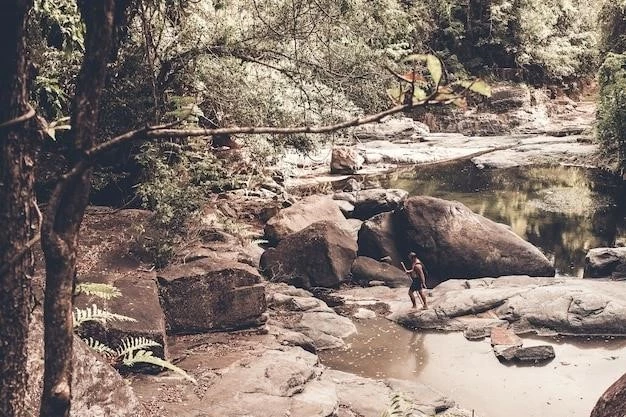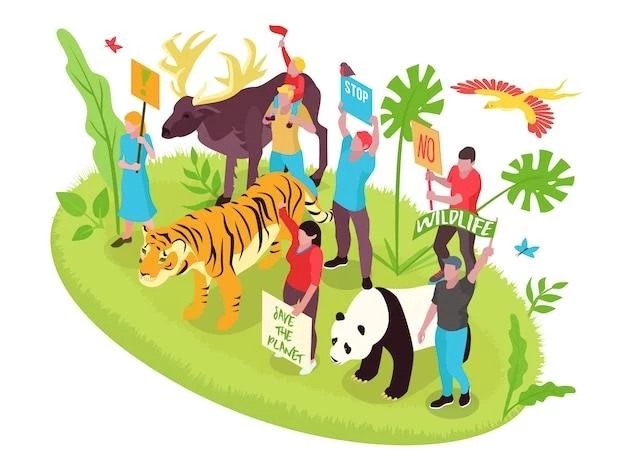Zoos have undergone a significant transformation over the years, evolving from mere entertainment venues to crucial institutions dedicated to wildlife conservation. Today, zoos play a multifaceted role in preserving biodiversity, encompassing various aspects such as:
1. Captive Breeding and Reintroduction Programs
One of the most prominent roles of zoos in conservation is captive breeding and reintroduction programs. These programs involve breeding endangered species in controlled environments to increase their population size and genetic diversity. Once a sufficient number of individuals are bred, they can be reintroduced into their natural habitats, bolstering wild populations.
Success Stories:
- The California Condor, once on the brink of extinction, has seen a resurgence in numbers thanks to captive breeding efforts.
- The Black-footed Ferret, thought to be extinct in the wild, has been successfully reintroduced thanks to breeding programs in zoos.
Challenges:
- Maintaining genetic diversity in captive populations can be challenging.
- Preparing animals for the wild and ensuring their survival after release requires careful planning and management.

2. Research and Conservation Science
Zoos serve as vital centers for research and conservation science. Scientists in zoos conduct research on animal behavior, genetics, reproductive physiology, and disease, contributing valuable knowledge to conservation efforts.
Research Areas:
- Developing and improving captive breeding techniques.
- Understanding wildlife diseases and developing conservation strategies.
- Studying animal behavior to inform conservation management plans.

3. Education and Public Awareness
Zoos play a crucial role in educating the public about wildlife conservation. Through exhibits, educational programs, and outreach initiatives, zoos raise awareness about endangered species, habitat loss, and the importance of conservation.
Educational Initiatives:
- Interactive exhibits that provide information about animals and their ecosystems;
- Keeper talks and presentations that offer insights into animal care and conservation efforts.
- Educational programs for students and adults, fostering a sense of responsibility towards wildlife.
4. Collaboration and Partnerships
Conservation is a collaborative effort, and zoos actively engage in partnerships with other organizations, governments, and local communities.
Collaborations:
- Working with conservation organizations to implement field conservation projects.
- Partnering with governments to develop and implement conservation policies.
- Engaging with local communities to promote sustainable practices and reduce human-wildlife conflict.
5. Funding and Support
Zoos contribute significant financial resources to conservation efforts globally. Through entrance fees, donations, and grants, zoos provide funding for research, conservation programs, and habitat protection.
Conclusion
Zoos have evolved into vital centers for wildlife conservation, playing a multifaceted role in preserving biodiversity. Through captive breeding, research, education, collaboration, and funding, zoos contribute significantly to protecting endangered species, preserving habitats, and raising public awareness about conservation. As we face increasing threats to our planet’s biodiversity, the role of zoos in conservation becomes ever more critical.










